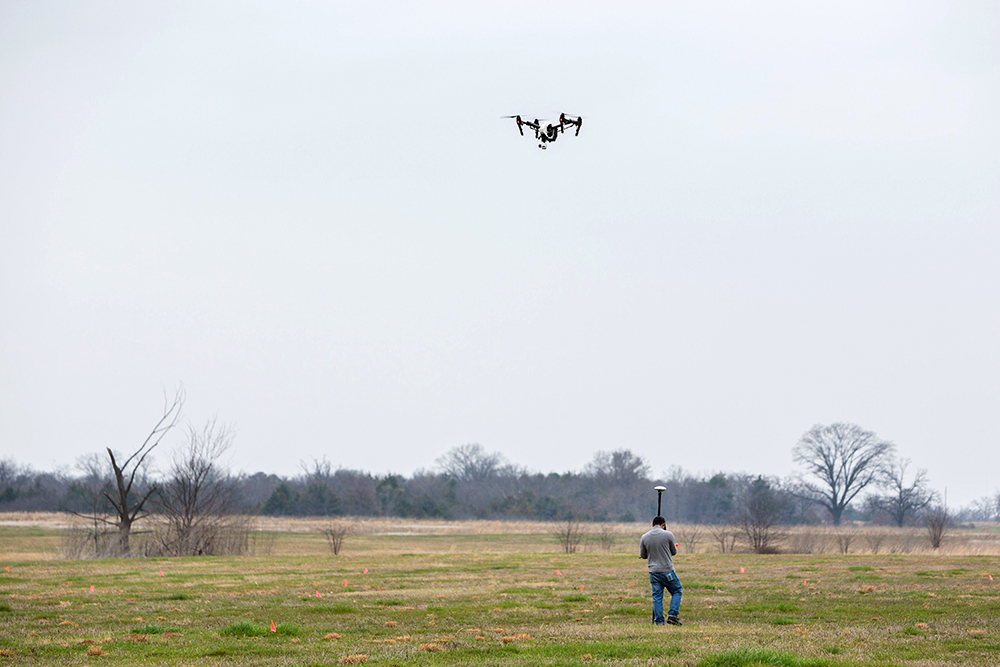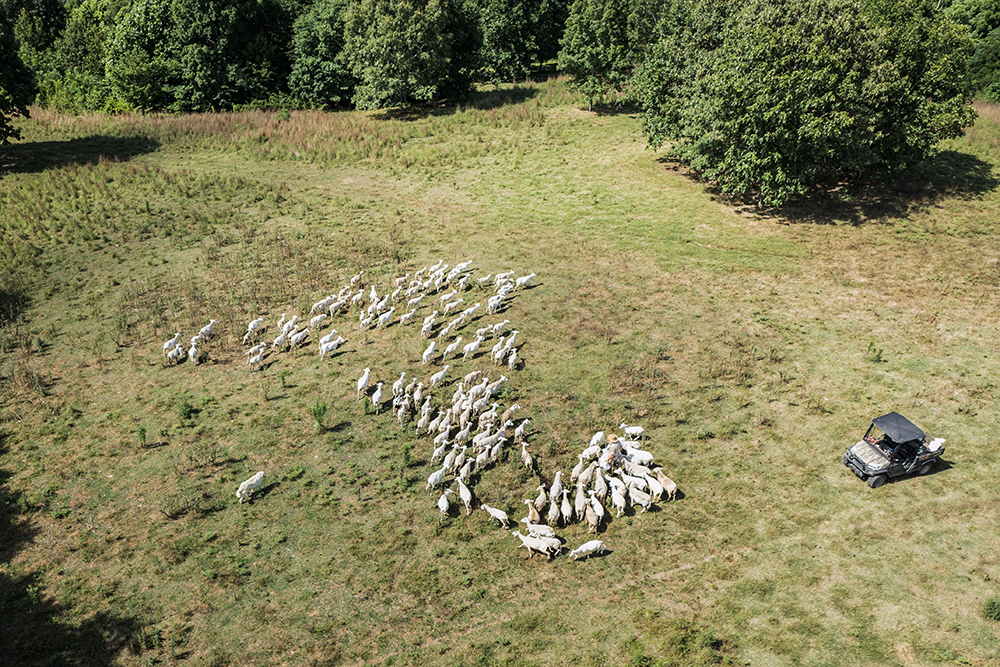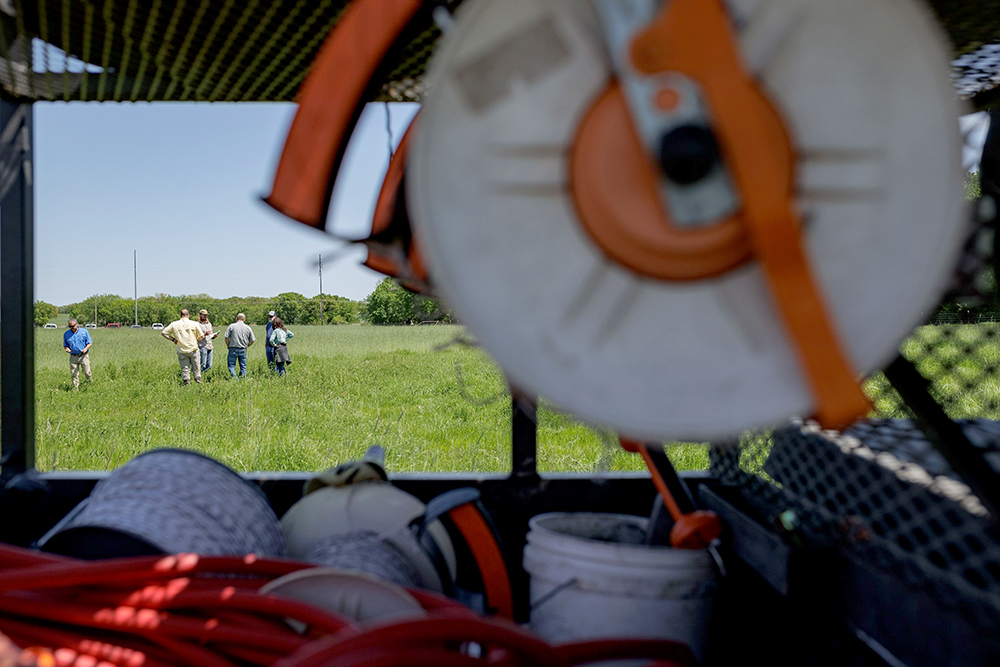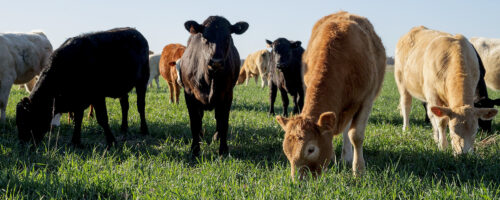Smarter Grazing on a Leaner Budget
How ranchers are blending practical tools, partnerships, and know-how to make every acre count
For many ranchers just getting started, the biggest hurdle isn’t a willingness to work — it’s finding ways to make the work pay. Land costs are high, margins are tight and the model that worked for the last generation doesn’t always fit today’s reality. That’s why more producers are turning to practical technology and creative business structures to manage better with what they have.
“You hear the mindset a lot, ‘Well, Dad’s always done it this way, so that’s how we do it,’” says Noble regenerative ranching advisor Josie Morris. “I think that’s a lot less common in our generation. We’ve watched our parents do it that way and watched it not work, so we’re quicker to try something new.”
This new generation of farmers and ranchers isn’t chasing expensive gadgets or quick fixes. Instead, they’re using affordable tools and adaptive thinking to stretch their time, improve land health and make grazing systems more efficient.

Tracking moves, not guessing them
Adaptive grazing depends on timing, and timing depends on recordkeeping. Whether on 40 acres or several hundred, it’s easy to forget how long a pasture has rested, especially when livestock are spread across multiple locations.
Digital mapping tools like PastureMap, Grazing Charts or even custom spreadsheets are becoming standard for beginning ranchers.
“We use PastureMap a lot to keep track of our moves and rest days,” says Morris. “It’s hard to remember which paddock we were in 30 days ago, especially on five different places.”
Consistent tracking helps producers visualize recovery periods, avoid overgrazing and plan ahead. It also becomes a simple way to share information with partners, employees or landowners without relying on memory or notebooks in the truck console.

Watching pastures from above
Another affordable upgrade: drones. What started as a novelty has become a practical way to monitor grazing impact and show progress to landowners or lenders.
“We take aerial photos before we grazed, while we were grazing and after we’ve grazed,” says Morris. “Even in just two or three rotations, you can see a big difference.”
The visuals don’t replace boots-on-the-ground observation, but they can highlight patterns that are easy to miss from eye level — thin spots, water access issues, or areas where animals linger too long. And when working on leased land, those before-and-after images help demonstrate value.
“Especially when you’re leasing from somebody who may not realize the benefits of livestock, those photos show them what’s possible,” she adds.

Investing in tools that save time
Labor efficiency often determines profitability. For operations moving livestock daily or every few days, small time-savers can make a major difference.
Morris uses solar energizers paired with a programmable handheld remote.
“We can walk up to the fence and turn it off right there instead of having to walk all the way to the charger,” she says. “That saves a lot of time.”
They also plan to add a multi-reel winder to roll out and pick up multiple lines of polywire at once. These kinds of purchases don’t just reduce labor; they make grazing easier to sustain long-term.
Rethinking how to start
For many young producers, the hardest part isn’t management, it’s access. The idea of owning a ranch outright or buying hundreds of animals can feel impossible. But new approaches are opening doors.
Some ranchers enter herd-share agreements, splitting livestock ownership with landowners. Others manage land for free or low rent in exchange for improving its condition. Partnerships with investors, conservation groups or solar companies are also becoming more common.
“You don’t need a million dollars to start,” says Morris. “If you’re good at networking, just ask people. Somebody wants to help you do what you want to do.”
Creative structures like these let producers gain experience, build equity and prove their results without the financial weight of traditional ownership.

Focus first, experiment second
For all the new tools available, Morris reminds producers that focus and clarity matter most.
“Knowing your goal is the most important thing,” she says. “You can work really hard and just be spinning your wheels if you don’t have a destination.”
That direction also helps determine which tools or enterprises are worth adding.
“Sometimes we fall into the trap of doing a little of everything,” she says. “Focus on what you love and what you’re good at. Don’t do things just for the money side of things.”
And when in doubt, lean on others.
“Find someone who’s doing what you’re doing and bug them,” Morris laughs. “Most people want to help. If someone’s already learned from their mistake, why do you need to make the same one?”
The bottom line
Technology doesn’t have to be fancy or expensive to make a difference. Simple mapping apps, reliable fencing systems and drones for visual monitoring all give ranchers better control and clearer feedback. Combine those with creative partnerships and clear goals, and today’s producers can make progress even without deep pockets or generations of land behind them.
As Morris puts it, “Better is always possible. You just have to start somewhere.”



Comment